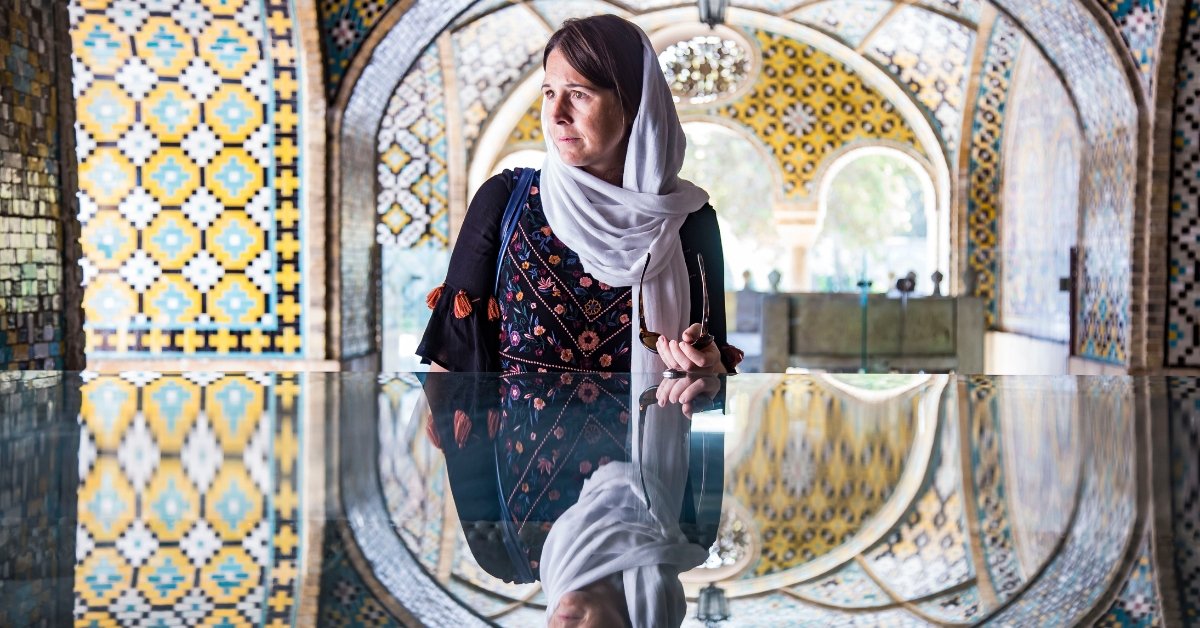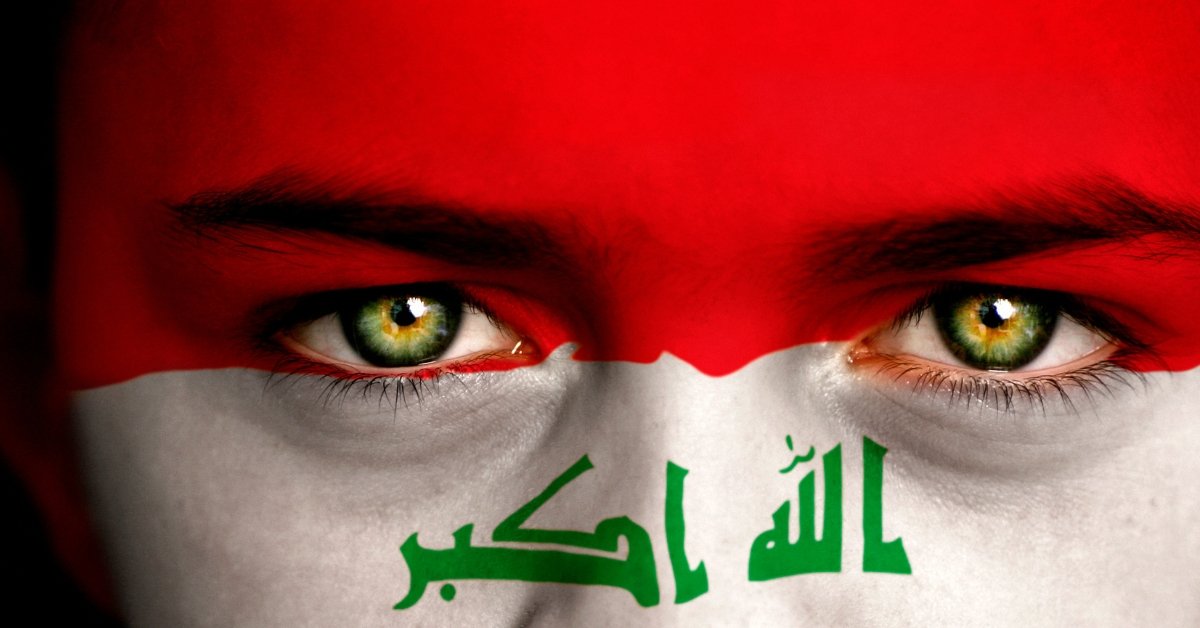Life for women in Iran is a complex mix of challenges and resilience. In this deep dive, learn about their struggles, rights, and daily experiences.
Table of Contents
Imagine waking up in a country where your clothing choices are dictated by law, your right to travel depends on a male guardian’s approval, and centuries-old traditions shape your future.
This is the reality for many women in Iran—where resilience meets restriction and where every step toward progress is met with institutional resistance.
However, despite these challenges, Iranian women continue to defy the odds.
From excelling in education and business to leading protests for freedom, they are at the forefront of a battle for equality.
So, what is life like for women in Iran?
Look at their daily experiences, rights, and ongoing fight for change.
1. Education: A Silent Revolution
One of the most remarkable aspects of life for women in Iran is their success in education.
Women outnumber men in many fields, making up more than 60% of university students.
Whether in medicine, engineering, or law, Iranian women have made their mark.
However, their achievements come with challenges.
Despite their academic excellence, securing employment is a different story.
Many industries favor male candidates and glass ceilings prevent women from rising to leadership positions.
Specific careers, such as judgeship, remain almost entirely off-limits for women.
Still, education has been a game-changer.
With knowledge comes awareness, and Iranian women increasingly use their education to challenge outdated norms.
2. The Hijab: A Symbol of Control or Resistance?
For many women in Iran, the hijab is not just a piece of clothing—it is a symbol of control.
Since the 1979 Islamic Revolution, wearing the hijab has been legally mandatory.
Women must cover their hair and wear loose-fitting clothing in public.
Those who defy these rules face harassment, fines, or even arrest by the morality police (Gasht-e Ershad).
In recent years, the hijab has also become a symbol of resistance.
Women have taken to the streets, removing their headscarves in protest.
The Women, Life, Freedom movement, sparked by the death of Mahsa Amini in 2022 (who was arrested for not wearing her hijab “properly”), turned into one of the largest protests in Iran’s history.
Despite government crackdowns, many Iranian women continue to push back against the compulsory hijab laws, proving that the fight for personal freedom is far from over.
3. Legal Rights: A System Built Against Women
Iranian women face systemic legal discrimination in almost every aspect of life.
Some of the most significant restrictions include:
- Marriage: Women need their father’s or male guardian’s permission to marry, even as adults.
- Divorce: Men have the right to divorce their wives easily, while women must prove extreme circumstances (e.g., abuse, addiction) to be granted a divorce.
- Child Custody: After a certain age, custody of children is usually given to the father.
- Travel: Women need their husband’s or father’s permission to obtain a passport and travel abroad.
- Inheritance: Daughters inherit half of what sons do under Islamic law.
These legal constraints make it difficult for women to have control over their own lives, reinforcing male guardianship in society.
4. Employment: The Struggle for Equal Opportunity
While Iranian women are highly educated, they face discrimination in the workforce.
Iran has one of the world’s lowest female labor force participation rates—only around 15% of working-age women are employed.
Barriers include:
- Limited job opportunities due to gender-based restrictions
- Unequal pay for the same work
- Workplace discrimination and harassment
- Lack of support for working mothers
Despite these challenges, women are entering various industries, including tech, business, and the arts.
Many also turn to entrepreneurship, launching their businesses to bypass systemic obstacles.
5. The Role of Women in Social Movements
Women have always been at the heart of social and political movements in Iran.
From the 1979 Revolution to the recent Women, Life, Freedom protests, they have consistently fought for their rights.
Social media has given Iranian women a global platform to share their struggles, inspire movements, and seek solidarity from international communities.
Their activism continues despite arrests, threats, and censorship.
In the past decade, women have protested against:
- The compulsory hijab
- Gender discrimination in the workplace
- Violence against women
- Legal inequality in marriage, divorce, and custody
While progress is slow, the voices of Iranian women are becoming impossible to silence.
6. Family and Social Life: Tradition vs. Modernity
Iranian women often navigate two worlds—one shaped by traditional family expectations and another influenced by modern aspirations.
While family life remains central in Iranian culture, many women now balance careers, education, and personal ambitions.
However, social restrictions remain strict:
- Dating is primarily restricted, and relationships outside of marriage are frowned upon.
- Nightlife is limited, with gender-segregated spaces dominating public life.
- Sports and entertainment opportunities for women are restricted (e.g., women were banned from entering stadiums for years).
Still, young Iranian women are redefining their social freedoms through underground gatherings, online communities, or international connections.
7. A Future of Hope and Resistance
Despite the challenges, Iranian women continue to rise.
They are fighting for equality, creating change in their communities, and refusing to accept outdated laws.
The younger generation is fearless, leveraging education, social media, and global awareness to push for reform.
While legal and societal barriers remain, history has shown that change is inevitable when people refuse to be silenced.
The road ahead may be long, but the resilience of Iranian women is stronger than ever.
Final Thoughts
Life for women in Iran is a story of struggle, resilience, and defiance.
While the system is designed to limit their freedoms, Iranian women continue to challenge oppression in every possible way.
Change may not come overnight, but every protest, every act of defiance, and every success story fuels a movement that cannot be stopped.
The world is watching, and the voices of Iranian women are only growing louder.
If you found this article insightful, check out our other posts on women’s rights, global feminism, and social justice.
Trivia
Did you know that in 1963, Iran became one of the first Middle Eastern countries to grant women the right to vote? However, many rights were rolled back after the 1979 Islamic Revolution.









